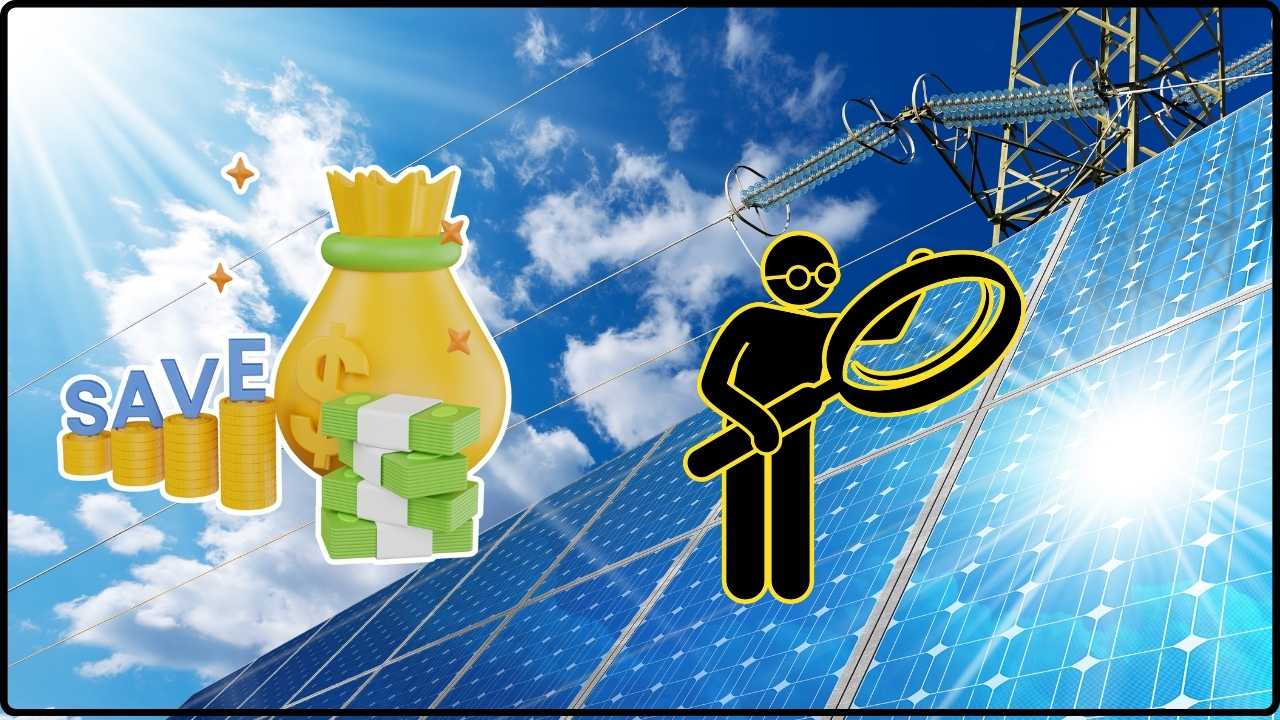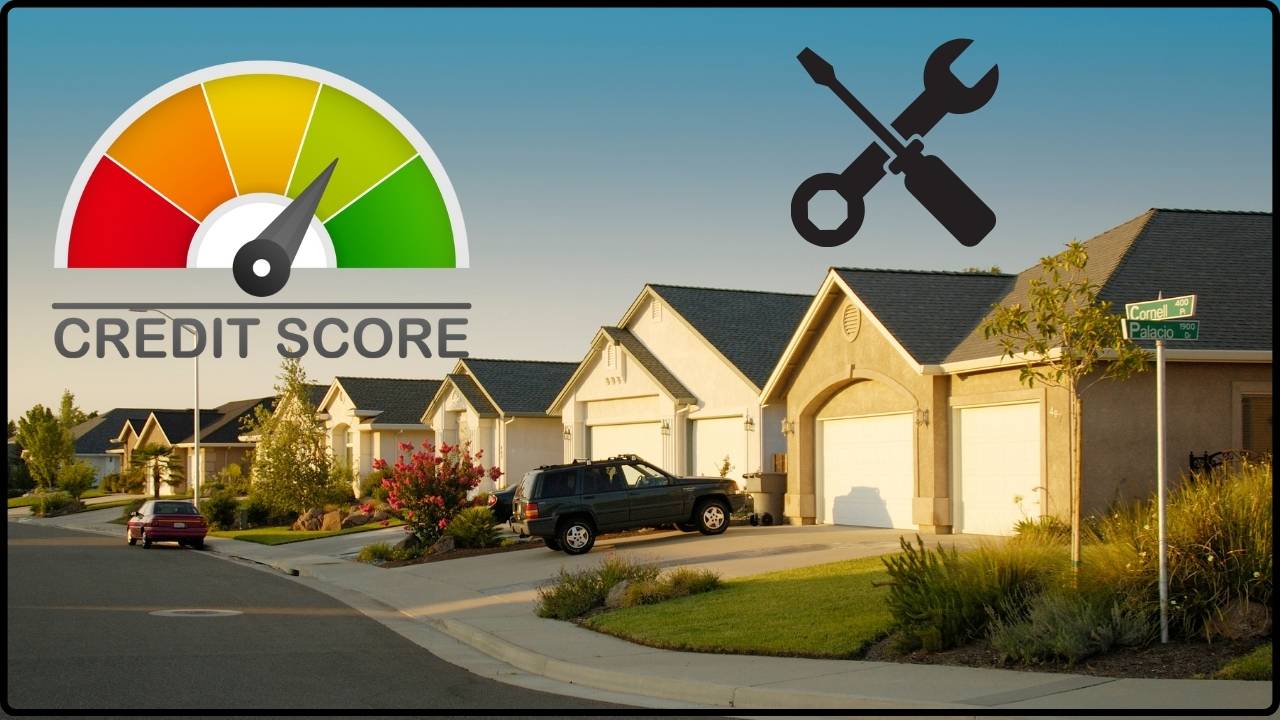
Upgrading to a Tankless Water Heater: When it comes to upgrading your home’s water heating system, the financial benefits of switching to a tankless water heater are compelling and multifaceted. These modern, efficient systems don’t just offer endless hot water—they also promise significant savings on monthly energy bills, reduced maintenance costs, and a much longer lifespan compared to traditional tank water heaters. This article breaks down the detailed financial case for upgrading to a tankless water heater, providing clear, practical advice backed with comprehensive data, real-world examples, and expert insights—all communicated in friendly, straightforward language that’s easy enough for a 10-year-old to follow yet informative for professionals. Whether you’re a homeowner looking to save on monthly bills or a professional making knowledgeable recommendations, this guide will help you understand why tankless water heaters are becoming the preferred solution across the U.S. market.
Table of Contents
Upgrading to a Tankless Water Heater
Upgrading to a tankless water heater goes beyond just getting hot water on demand—it’s about making a smart financial and environmental investment. These systems deliver reliable, energy-efficient performance with lower operating costs, fewer repairs, longer lifespan, and the potential to earn significant rebates and tax credits. Add in smart home connectivity benefits, and you gain control, convenience, and peace of mind. For anyone ready to reduce monthly energy bills, minimize their carbon footprint, and enjoy endless hot water, switching to a tankless water heater is a savvy, future-proof choice that is both practical and profitable.
| Highlight | Data / Fact | Professional Info |
|---|---|---|
| Energy Efficiency | 24-34% more efficient than tank heaters for <41 gallons/day usage | Saves $108 annually on gas, $44 on electric |
| Typical Annual Savings | Up to $1,800 in gas bills for a family of 4 | Long-term ROI in 5-15 years |
| Upfront Installation Cost | $1,000 – $3,000 (higher than traditional tanks) | Eligible for federal tax credits (up to 30%) |
| Lifespan | 20+ years (vs 10-15 years typical for tanks) | Less frequent replacement and repairs |
| Rebates and Tax Credits | Up to $1,600 in incentives | Check local and state utility programs |
What Is a Tankless Water Heater?
A tankless water heater, or on-demand water heater, heats water only when you need it—no storing hot water in a tank that just sits there cooling off and wasting energy. Imagine turning on your faucet and getting hot water instantly, without waiting—and saving money while doing it.
Why This Matters:
Traditional water heaters keep a tank full of water hot all day, constantly reheating water you’re not using. This constant energy use creates standby heat loss, which stacks up as higher utility bills for you. Tankless water heaters eliminate this waste by heating water only when you turn on the tap, significantly reducing monthly energy expenses.
Unlike bulky storage tanks, tankless systems are compact and can be wall-mounted, freeing up valuable space in your home.

The Financial Breakdown: Why Upgrade to a Tankless Water Heater
1. Energy Savings That Add Up
The U.S. Department of Energy reports that tankless water heaters can be 24% to 34% more efficient than standard tank heaters for households using about 41 gallons or less of hot water daily—which fits many American families. This efficiency reduces annual gas or electric costs by about $108 or $44 respectively for the average household.
Larger families can still see energy savings of 8% to 14% because tankless models avoid reheating stored water, which tanks must do constantly to maintain temperature.
2. Lower Monthly Bills
Energy savings translate directly into lower monthly utility bills. For example, ENERGY STAR-certified tankless water heaters can help a family of four save up to $1,800 annually on gas bills due to higher heating efficiency and modern condensing technology. In many cases, these savings significantly offset the initial equipment and installation costs over time.
3. Longer Lifespan, Less Frequent Replacement
A traditional tank water heater typically lasts 10-15 years, while a tankless unit can last 20 or more years, sometimes even up to 25 years with proper maintenance. This longevity reduces the frequency and cost of replacement, adding to your long-term savings.
Additionally, tankless systems tend to have fewer mechanical parts prone to failure, which means lower repair costs and less downtime.
4. Upfront Costs and Installation
Tankless water heaters usually cost more upfront, ranging from $1,000 to $3,000 or more depending on brand, capacity, and installation complexity. However, this higher initial investment is balanced out by energy savings and fewer replacement cycles.
Importantly, many states and utilities offer rebates and tax incentives to lower your cost. There are federal tax credits that cover up to 30% of total project costs (including installation), capped at $600, for qualifying tankless models installed before December 31, 2032. Local utility rebates can add several hundred more dollars in savings.
5. Maintenance Savings
Since tankless water heaters lack a storage tank, they avoid the common issue of sediment buildup and corrosion found in traditional tanks. This means you spend far less on yearly maintenance, like flushing the tank to remove sediment, or early replacement of corroded tanks.
That’s hundreds of dollars saved annually on plumbing services and fewer emergency repairs.

Environmental Benefits: Doing Your Part
Going tankless also means going green. These water heaters reduce energy consumption, which cuts down on carbon emissions tied to heating water. Because they operate only on-demand, they avoid standby heat loss, making them eco-friendly by design.
Families using propane or natural gas will find that modern condensing tankless models burn cleaner and emit fewer pollutants than older units. With the rise in renewable energy use for electric tanks, some homes achieve near zero carbon emissions by pairing a tankless electric water heater with solar panels.
Plus, since tankless units heat water immediately, they cut back on water waste—no more letting taps run while waiting for water to heat up, which adds up to gallons saved per year.
Smart Home Integration: The Future of Water Heating
Modern tankless water heaters are often built with smart home readiness. They connect to platforms like Amazon Alexa, Google Home, and other home automation systems. This lets you:
- Adjust water temperature from anywhere via smartphone
- Schedule heating cycles to match your daily routine, saving energy
- Monitor energy consumption in real-time
- Receive alerts for maintenance or operational issues before they become costly problems
These features not only improve convenience but also help homeowners optimize their energy use, which can further reduce bills and increase home value.
Step-by-Step Installation Guide
Upgrading to a tankless water heater requires professional installation to ensure safety, efficiency, and compliance with building codes. Here’s a detailed outline of the typical installation process:
- Preparation and Tools: Licensed plumbers arrive prepared with specialized equipment like pipe cutters, soldering torches, pressure testers, and multimeters. They assess your home’s plumbing, gas supply, and electrical capacity to ensure compatibility.
- Remove Old Unit: The existing storage tank water heater is drained, disconnected from power, gas, and water lines, and safely removed for disposal or recycling.
- Mount the New Unit: Tankless systems are compact and mounted on a wall, often requiring specific clearance for proper ventilation and maintenance access. Plumbers use heavy-duty brackets and ensure the unit is level and secure.
- Connect Water Lines: Inlet and outlet pipes are installed with isolation valves for easy future maintenance. Flexible piping is commonly used to reduce strain, with pressure-reducing valves installed if necessary to handle high water pressure.
- Gas Line and Venting Setup: For gas-powered units, the gas line is upgraded if needed, complete with a shutoff valve and sediment trap to protect the burner. Proper venting—usually via stainless steel or PVC pipes—is installed to safely expel exhaust gases, often requiring a hole in the exterior wall.
- Electrical Wiring: Electric models require dedicated wiring adhering to local electrical codes. Proper grounding and circuit breakers must be installed by licensed electricians.
- System Testing: Air is purged from water lines, gas and water connections are leak-tested, and the unit is powered on. Technicians calibrate settings for temperature and flow rate, testing multiple faucets for consistent performance.
- Final Walkthrough: Homeowners receive instructions on operating and maintaining their new system, ensuring they understand safety precautions and energy-saving tips.
Professional installation is crucial to ensure all steps meet local building codes and manufacturer specifications, guaranteeing safety, performance, and eligibility for rebates.
Understanding “Green Loans”: Financing for Energy-Efficient Home Upgrades
A Homeowner’s Guide to HVAC Financing: The Pros and Cons of Your Options
The “Oh No!” Fund: How Much to *Really* Save for Emergency Home Repairs
















